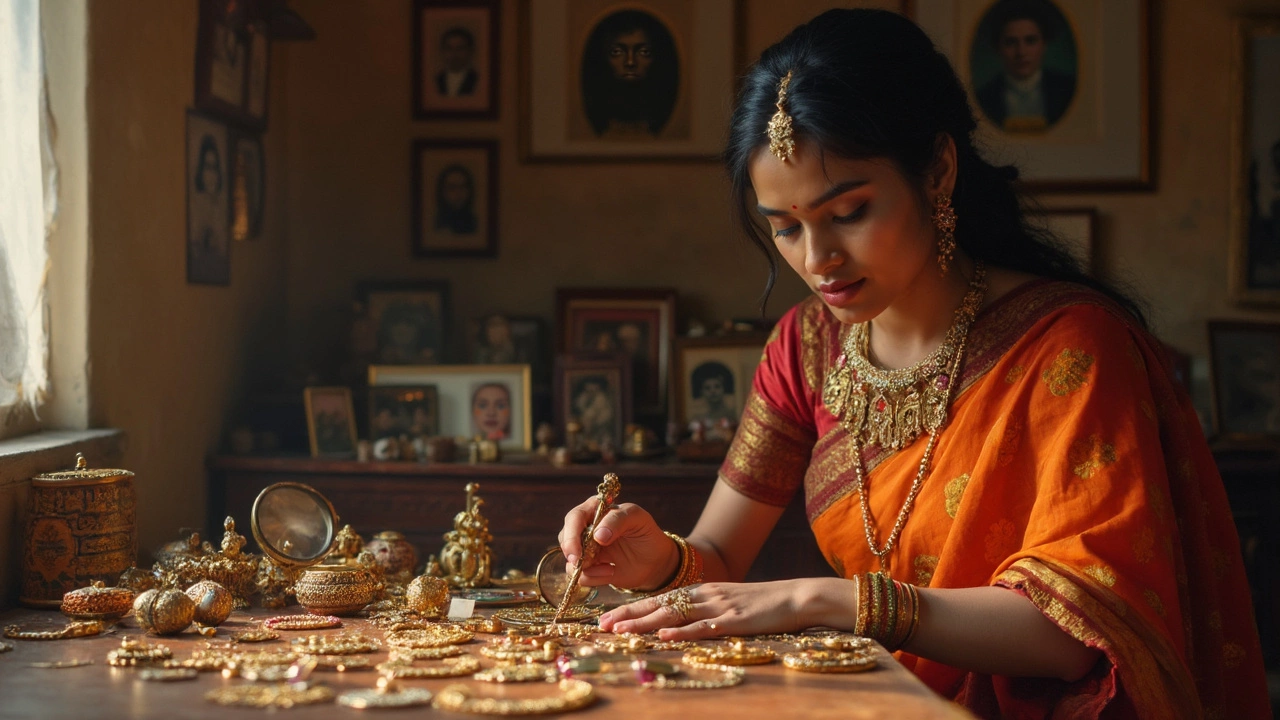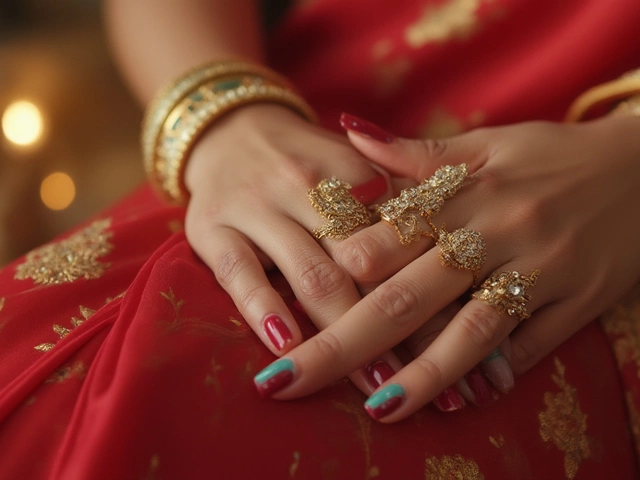Sell Jewelry: Simple Ways to Get the Best Price
Got an old necklace, a set of bangles, or a box of gold coins you want to turn into cash? You’re not alone. Most people think selling jewelry is a hassle, but with a few clear steps you can get a fair price without the stress.
First thing you need is a solid idea of what your pieces are worth. Value isn’t just about the weight of gold or silver; it includes craftsmanship, brand name, and any gemstones. A quick hallmarks check can tell you the purity of gold, and a basic gem test can confirm if a stone is real. If you’re unsure, a reputable jeweler can give you a free appraisal.
Know Your Jewelry’s Worth
Start by checking for stamps: 22K, 875, 925, or a BIS hallmark. These markings are the first proof of purity. Next, weigh the item on a precise scale – even a gram difference matters when gold prices are high. For diamonds and colored stones, look for a certification number; if it’s missing, you might need a lab report to convince buyers of its value.
Don’t forget the brand factor. Pieces from well‑known houses like Tata, Cartier, or local legends often keep value better than generic designs. If you own a vintage or antique item, its age can add a premium, especially if it’s in good condition.
Choose the Right Selling Channel
Now that you know the worth, pick where to sell. Online platforms like e‑bay, OLX, or specialized jewelry marketplaces let you reach many buyers, but they charge a commission. If you prefer a quicker deal, local pawn shops or jewelry stores will give you cash on the spot, though the price might be lower.
For the best mix of price and safety, consider a trusted online buyer that offers a free pickup service and a transparent valuation report. They often give higher rates than pawn shops because they have lower overhead. Always read reviews and check if the buyer is BIS‑registered.
Timing can also boost your returns. Gold prices usually dip during festive seasons when demand spikes later. Watching the market for a week or two can save you a few hundred rupees per gram.
When you list an item, use clear photos from multiple angles. Show the hallmarks up close and any unique details. Honest descriptions build trust and reduce the chance of a dispute later.
If you have multiple pieces, consider bundling them. A set of matching earrings and a necklace often sells for more together than separately, because buyers like a complete look.
Finally, protect yourself during the transaction. Meet in a public place if you’re dealing face‑to‑face, or use an escrow service for online sales. Keep a copy of the receipt and any appraisal documents – they’ll help if you need to prove authenticity later.
Selling jewelry doesn’t have to be a mystery. By checking hallmarks, weighing accurately, picking the right buyer, and timing the market, you can turn your old pieces into solid cash with confidence.
Get the Most Money When Selling Antique Jewelry
Trying to cash in on your antique jewelry? This article breaks down exactly how to get the highest price when selling everything from vintage rings to heirloom necklaces. You'll find real tips on spotting true value, getting your pieces appraised, choosing the right selling platform, and understanding the key mistakes that can cost you cash. Plan your sale like a pro and avoid getting ripped off. Make your jewelry work for you, not the other way around.





